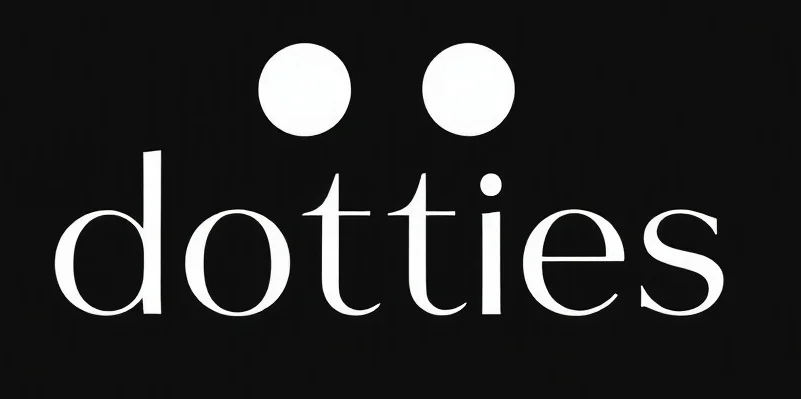Understanding Sentiment Analysis with Kaggle
It’s easy to romanticize AI as a wizard behind the curtain, ready to unveil truths about the human condition. But when you dive into the nuts and bolts, say, through sentiment analysis kaggle competitions, you quickly realize it’s more akin to an apprentice than a sage. Sentiment analysis is one such domain where AI is taught to discern human emotions through text.
The Charm and Challenge of Sentiment Analysis
Sentiment analysis is essentially the art of teaching machines to read between the lines—or, more accurately, to interpret the tone and emotion behind words. This is no small feat for algorithms that are, at their core, glorified number crunchers. They sift through oceans of text data and attempt to categorize snippets as positive, negative, or neutral. The task is like trying to teach a robot to understand sarcasm—a noble quest, if you will.
On platforms like Kaggle, data scientists and developers harness vast datasets to train models for sentiment analysis. These competitions provide a breeding ground for innovation, encouraging participants to refine their models through trial and error. Yet, the process isn’t without its hurdles. AI often stumbles over nuanced language, idioms, or cultural references—much like an intern misinterpreting office jargon.
Why Sentiment Analysis Matters for Business
For businesses, sentiment analysis offers a window into consumer perspectives. Understanding how customers feel about products or services can be a game-changer for tailoring marketing strategies or improving customer experiences. Imagine having a pulse on the public mood as effortlessly as checking the weather. That’s the potential here.
However, like any tool, its effectiveness hinges on the quality of data and the sophistication of the model. A well-trained model can flag dissatisfaction before it snowballs into a PR crisis. Conversely, a poorly tuned one might misread sarcasm as sincerity, leading to misguided business decisions.
Getting Started with Kaggle for Sentiment Analysis
Venturing into sentiment analysis via Kaggle is akin to enrolling in a masterclass with real-world applications. Start by exploring datasets that resonate with your industry. Whether it’s product reviews, social media chatter, or customer feedback, there’s a dataset out there waiting for you to dissect.
Engage with the community. The forums are brimming with experts and enthusiasts sharing insights, troubleshooting models, and celebrating breakthroughs. It’s like having a team of mentors at your disposal, minus the awkward coffee runs.
Actionable Business Recommendations
Businesses should approach sentiment analysis like a well-structured internship program. Begin with clear objectives: identify what sentiments will be most impactful for your decision-making processes. Invest time in selecting the right datasets—quality over quantity is key. Collaborate with data scientists who understand the nuances of your industry and can tailor models accordingly.
Finally, always loop back to the human element. Use sentiment insights as a guide, not a gospel. Balance data-driven decisions with human intuition and empathy, ensuring AI remains a tool in your kit rather than the master of your decisions. Embrace the intern—and maybe, just maybe, you’ll be surprised by what you discover.
Checkout ProductScope AI’s Studio (and get 200 free studio credits)

